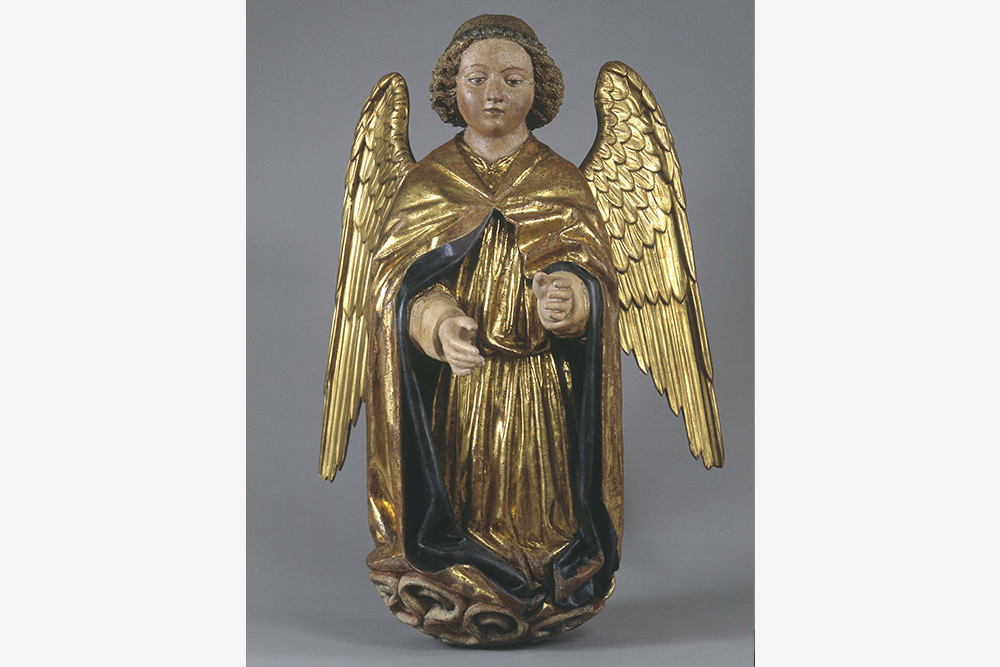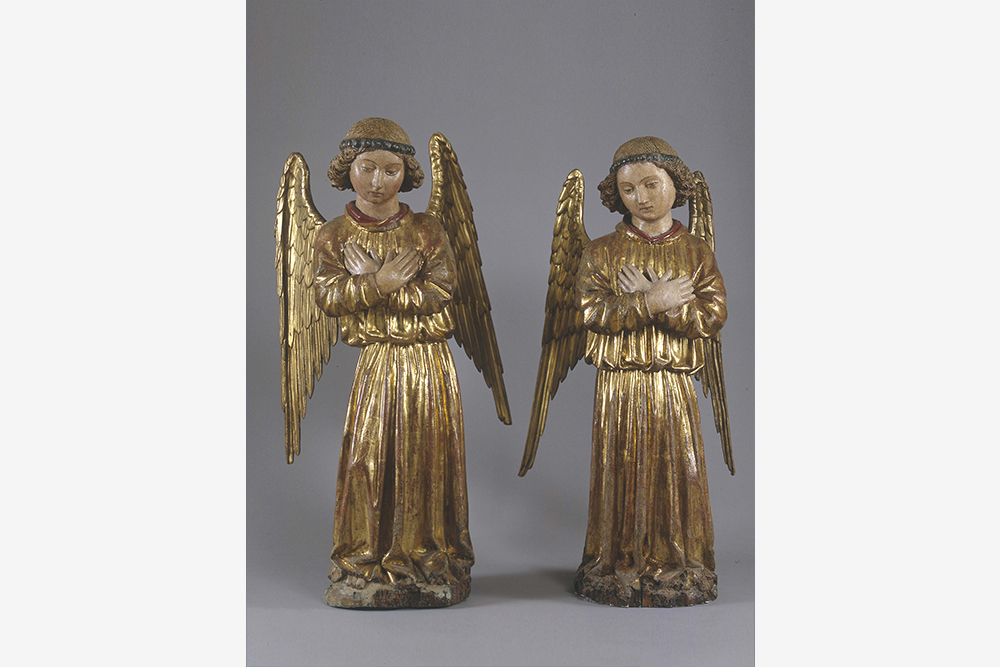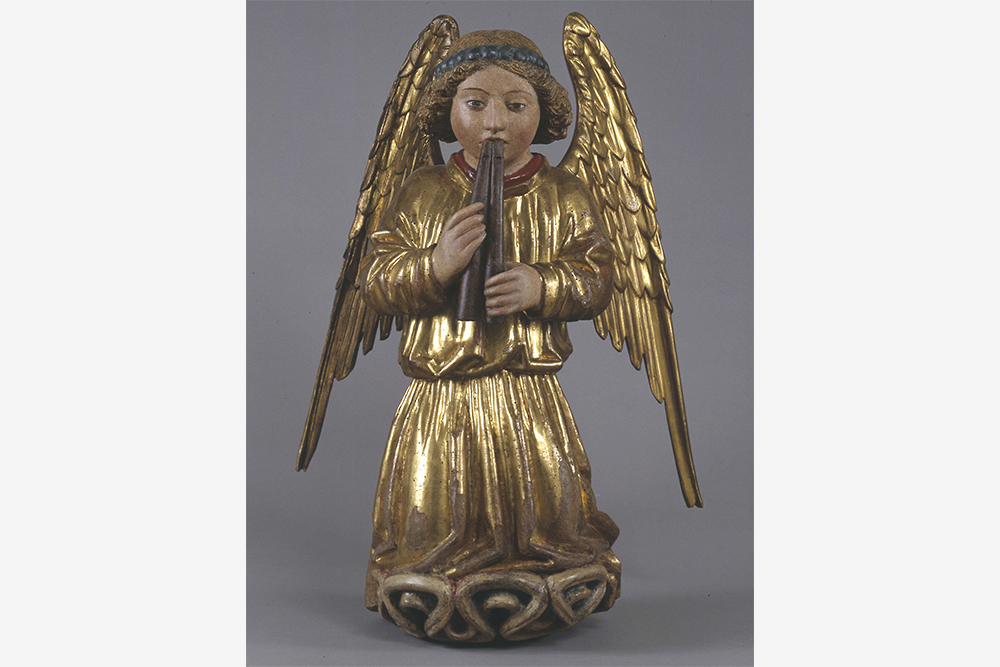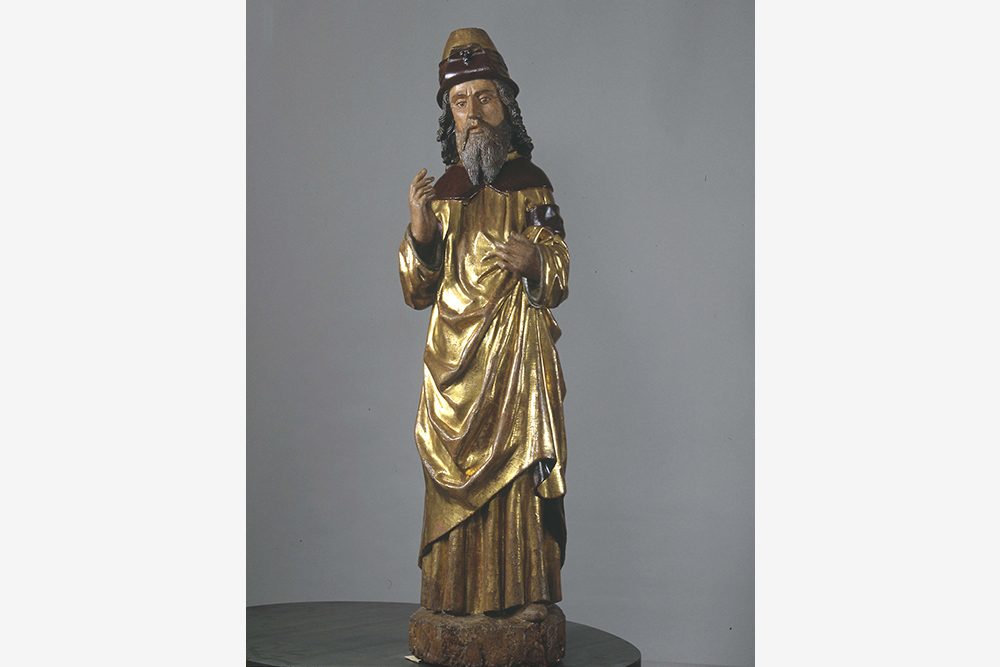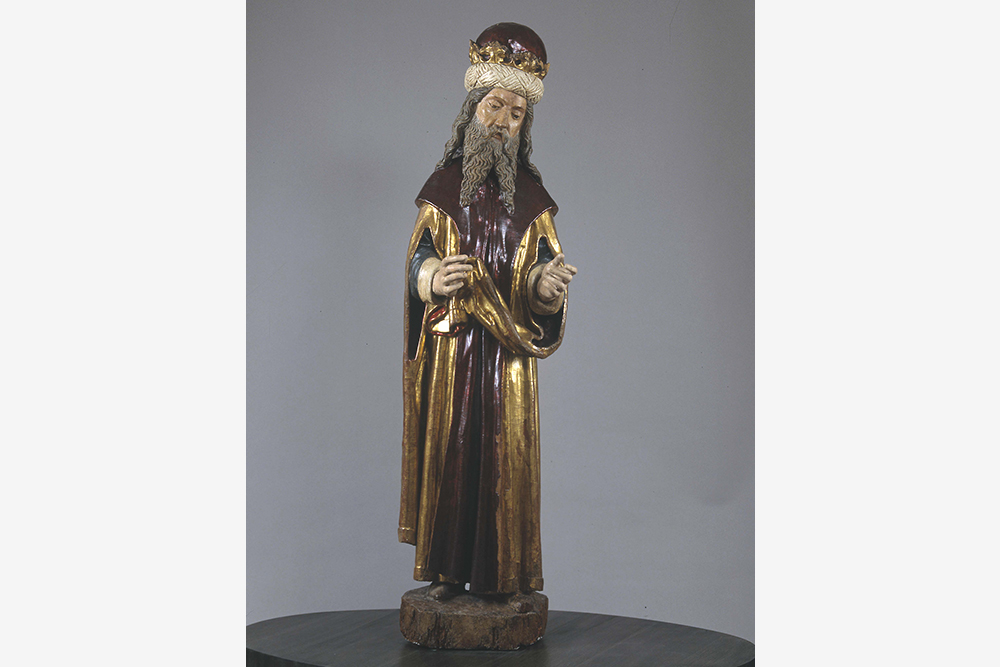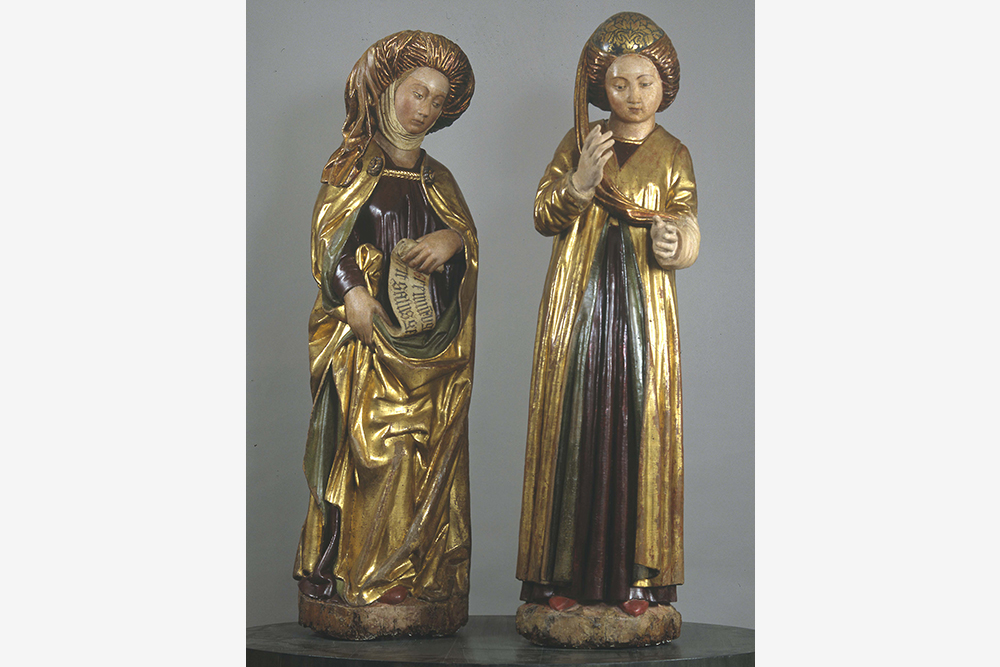Naples, San Giovanni at Carbonara Church, Pietro and Giovanni Alamanno
Date
Thursday March 31st, 2016
DATA SHEET
AUTHOR:
Pietro and Giovanni Alamanno
DATING:
Late XV century
LOCATION:
Naples, San Martino Carthusian Monastery Museum
ORIGIN:
Naples, San Giovanni at Carbonara Church, Chapel of the Nativity Scene
CUSTOMER:
Superintendence for the State Museums of Naples – Dr. Denise Pagano and Dr. Maria Ida Catalano
PERIOD OF INTERVENTION:
2003
THE PROBLEM
Originally, the representation was to consist of forty figures, according to the commission’s document work to sculptors Peter and John Alamanno.
Missing sculptures have probably been destroyed due to conservation problems and some, in recent years, have been stolen.
The wooden “support” and the preparatory layers do not have serious conservation problems, instead the most crucial problem is concentrated on the surface.
The most evident conservative problem is related to plastic reconstructions of the parties destroyed by decay and remade in previous restorations.
The second problem is related to the conservation status of the incarnate whic – in previous cleaning operations – were highly abraded.
THE METHOD
Our intervention has not completely erased past interventions. In fact, it was decided not to remove the plastic integrations attributable to the last intervention. As ugly and in many cases misleading additions, it is preferred not to remove them. Museum requirements, continuity with the intervention already performed on the Madonna and St. Joseph were the main reasons for this choice. The cleaning was carried out while removing layer by layer the substances placed on the topo and surface deposits. Once the restoration paint was removed, it has begun to properly evaluate the status of real conservation of the paint film.
The lifting of the paint layer was consolidated with animal glue.
The integration was implemented minimizing the plastic and chromatic reconstruction of the gaps. They have not made real plastic reconstructions on the wooden engrave but only limited reconnections of cracks and of the deepest cavities produced by the action of wood-eating insects.
The plastic integrations made during previous restorations have been treated, after removing the already badly impaired chromatic reintegration, with a light tone which today makes them clearly distinguishable from the original ones.
The painting was made by progressively increasing the application depending on the areas of polychrome.
